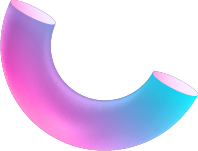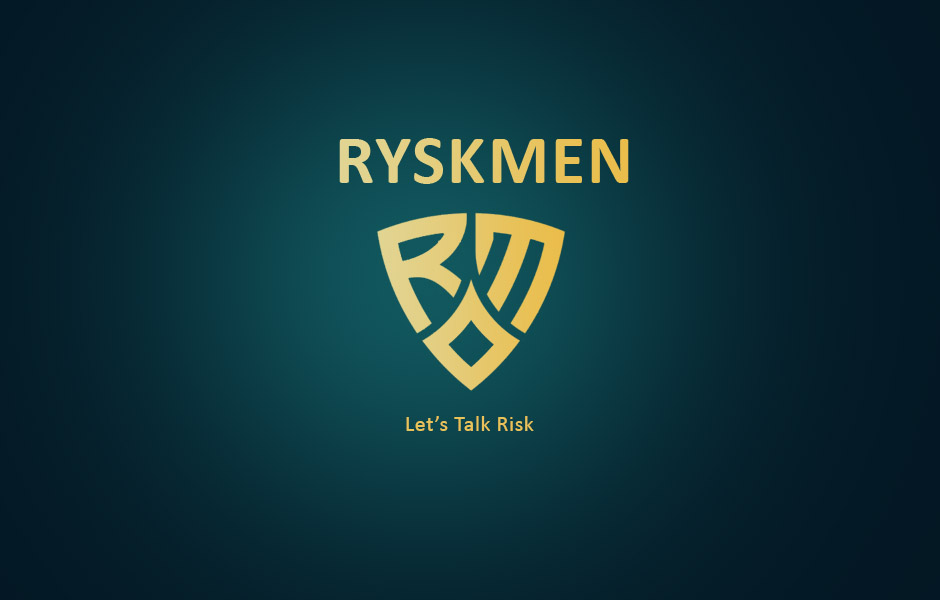
Strategy for the UX Design
User Experience (UX) design is a multidisciplinary approach to creating digital products, services, and systems that prioritize the needs, behaviors, and emotions of users. It encompasses the entire process of designing the interaction between users and a product, focusing on enhancing usability, accessibility, and satisfaction.
- Follow The Digital Trends & Lead
- The Biggest Brands Always Take Risks
- Let’s Business & Grow Together
Let’s Know Our UX Design

Research
The process starts with understanding the target users, their needs, goals, behaviors, and pain points. This often involves conducting user research through methods such as surveys, interviews, observations, and usability testing. Gathering insights from stakeholders and analyzing competitors' products can also inform the design process.
- Follow The Digital Trends & Lead
- The Biggest Brands Always Take Risks
- Let’s Business & Grow Together
User Personas and Journey Mapping
Based on the research findings, UX designers create user personas – fictional representations of typical users – to better understand their motivations, preferences, and behaviors. User journey mapping helps visualize the user's interactions with the product or service across different touchpoints and identify pain points and opportunities for improvement.
- Follow The Digital Trends & Lead
- The Biggest Brands Always Take Risks
- Let’s Business & Grow Together


Wireframing
Wireframes are low-fidelity representations of the product's layout and functionality. They focus on the structure, hierarchy, and flow of content and features without detailing visual design elements. Wireframes help stakeholders visualize the user interface and iterate on the layout before investing in high-fidelity designs.
- Follow The Digital Trends & Lead
- The Biggest Brands Always Take Risks
- Let’s Business & Grow Together
Prototyping
Prototypes are interactive, clickable representations of the product that simulate its functionality and user interactions. Prototyping allows designers to test and validate design concepts, gather feedback from users, and iterate on the design before development begins. Prototypes can range from simple paper prototypes to more sophisticated digital prototypes created with tools like Sketch, Adobe XD, or Figma.
- Follow The Digital Trends & Lead
- The Biggest Brands Always Take Risks
- Let’s Business & Grow Together


Visual Design
Once the wireframes and prototypes are finalized, designers focus on visual design elements such as colors, typography, imagery, and branding. Visual design aims to create a visually appealing and cohesive interface that reflects the brand identity and enhances the overall user experience.
- Follow The Digital Trends & Lead
- The Biggest Brands Always Take Risks
- Let’s Business & Grow Together
Interaction Design
Interaction design focuses on how users interact with the product's interface and the overall usability of the system. Designers define user flows, navigation patterns, and interactive elements such as buttons, forms, and animations to create intuitive and efficient user experiences.
- Follow The Digital Trends & Lead
- The Biggest Brands Always Take Risks
- Let’s Business & Grow Together


Usability Testing
Usability testing involves gathering feedback from real users by observing them interact with the prototype or the actual product. Testing sessions may include tasks, surveys, and interviews to identify usability issues, pain points, and areas for improvement. Usability testing is an iterative process that helps validate design decisions and ensure that the product meets users' needs and expectations.
- Follow The Digital Trends & Lead
- The Biggest Brands Always Take Risks
- Let’s Business & Grow Together
Iterative Design
The UX design process is iterative, with designers continually refining and improving the product based on user feedback, stakeholder input, and usability testing results. Iterative design allows for incremental enhancements and optimizations over time, leading to a better user experience and higher satisfaction.
- Follow The Digital Trends & Lead
- The Biggest Brands Always Take Risks
- Let’s Business & Grow Together


Handoff to Development
Once the design is finalized, UX designers collaborate with developers to ensure a smooth transition from design to development. Design specifications, style guides, and design assets are provided to developers to guide the implementation of the design in code.
- Follow The Digital Trends & Lead
- The Biggest Brands Always Take Risks
- Let’s Business & Grow Together
Post-launch Evaluation
After the product is launched, UX designers monitor its performance, gather user feedback, and analyze usage metrics to identify opportunities for further optimization and iteration. Post-launch evaluation helps ensure that the product continues to evolve and improve in response to changing user needs and market dynamics.
- Follow The Digital Trends & Lead
- The Biggest Brands Always Take Risks
- Let’s Business & Grow Together

Our Latest Projects
What people are saying!
Have any project?
Website will be more user-friendly, more visually appealing, and more informative than our current website.























